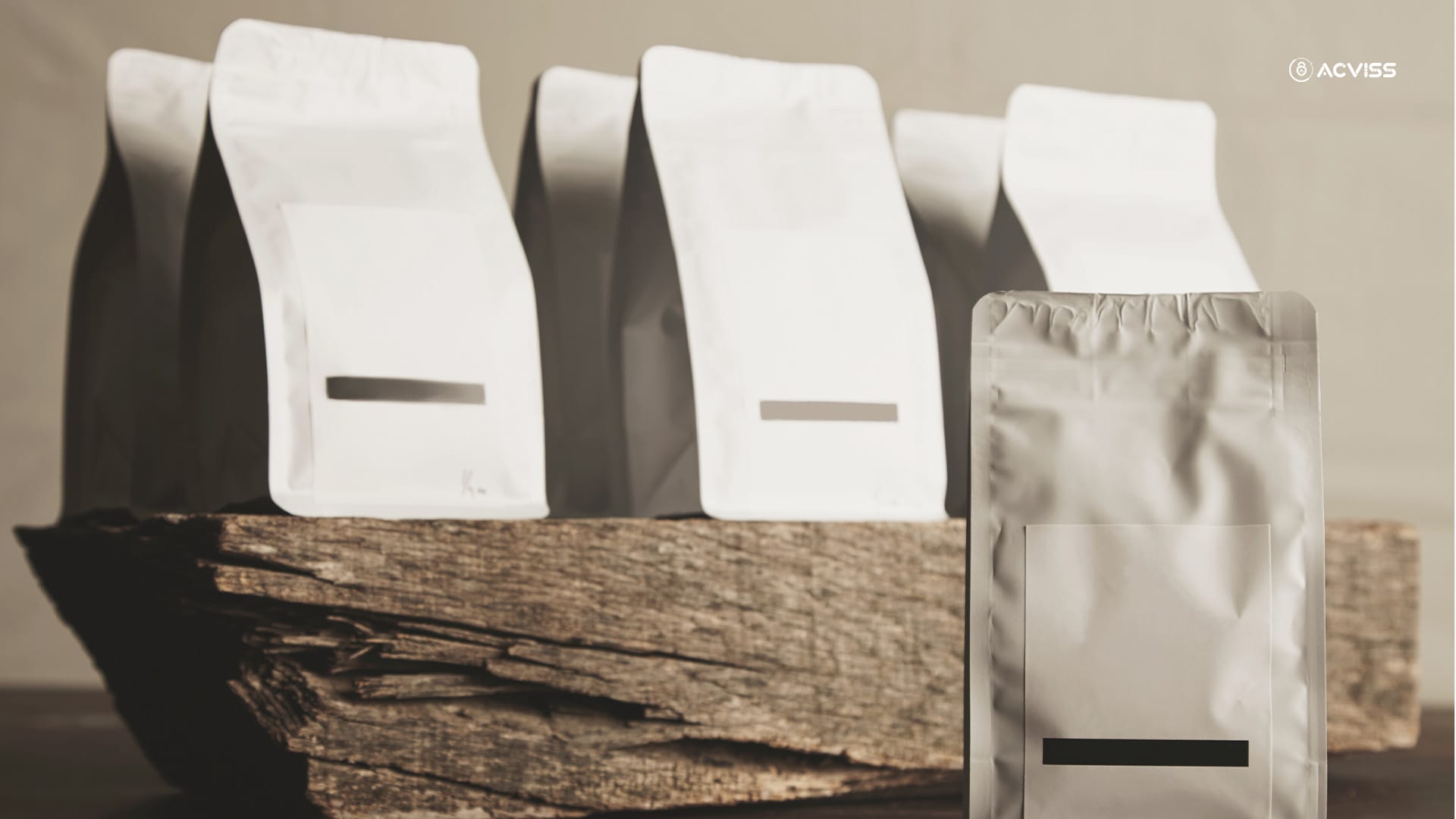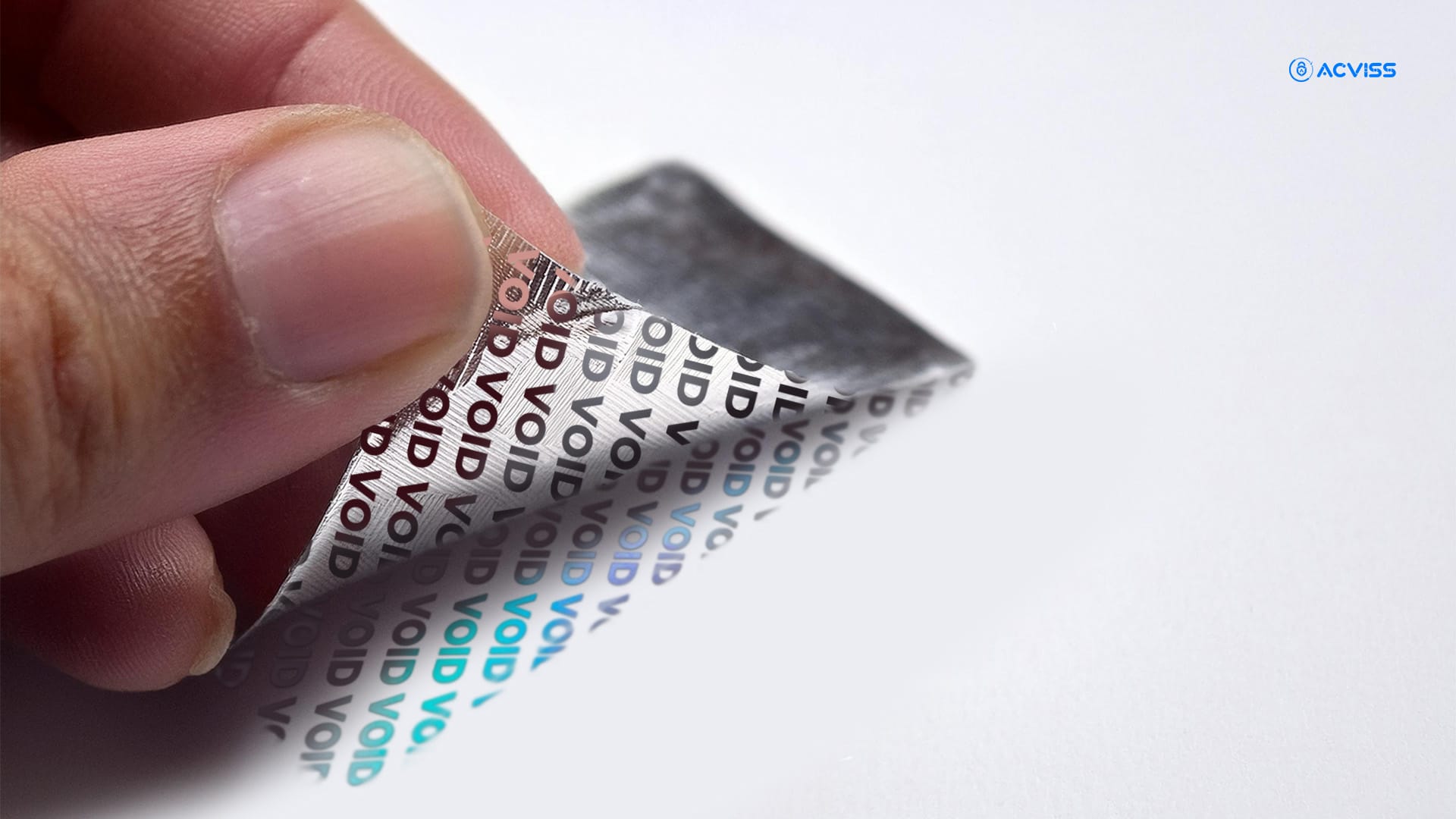Why Anti-Counterfeiting Packaging is Critical for High-Value Goods

In today’s interconnected world of commerce, protecting products and brands from counterfeiting has become increasingly crucial. While all products are at the risk of duplication, counterfeiters usually target high-value goods the most. Reason? Because these products hold a significant financial. From luxury handbags to life-saving pharmaceuticals, these items are targeted by counterfeiters, putting billions at stake each year.
Aside from causing a significant revenue loss, counterfeit high-value products threaten customer trust and, in some cases, public safety, which further causes reputational damage to the brands. Imagine a luxury watch turning out to be a clever fake or a life-saving drug failing to deliver the desired effect because it’s nothing more than a sugar pill. Now that the risks of counterfeiting highly valued items are immense, brands demand effective solutions.
Anti-counterfeiting packaging can be considered a primary line of defence in safeguarding these high-stakes industries. With a rapidly growing market valued at $179.4 billion in 2024 and projected to expand to $326.3 billion by 2029 as more brands adopt preventive measures, anti-counterfeiting packaging represents a powerful shield against product intimation.
Let’s delve into the article to explore why anti-counterfeiting packaging is crucial for high-value goods.
Anti-Counterfeiting Packaging: An Overview
Anti-counterfeiting packaging refers to specialised packaging techniques and technologies designed to protect products from tampering or counterfeiting. These solutions can include security elements such as holograms, QR codes, tamper-evident seals, and unique identifiers to verify the authenticity of a product. The goal is not only to make counterfeiting difficult but to establish a verifiable chain of trust from manufacturer to consumer.
Brands in sectors like luxury goods, pharmaceuticals, healthcare, automotive, cosmetics, and electronics are specifically vulnerable to product duplication. Anti-counterfeiting packaging has come across as a novel solution to combat the growing problem of counterfeiting, which now costs global economies over $500 billion a year. Anti-counterfeiting packaging technologies make it more difficult for counterfeiters to intimate, and thus, help reinforce product authenticity, maintain product integrity, secure consumer trust, and protect brand reputation.
High-Value Goods: Exploring the Risks of Counterfeiting

Counterfeiting isn’t just a problem of lost revenue; it’s a multifaceted risk that can tarnish a brand's reputation and even endanger consumers’ lives. Let’s delve into some examples of how counterfeiting impacts high-value industries:
1. Luxury Goods: How Fake Products Can Damage the Brand
For brands like Chanel, Rolex, or Louis Vuitton, exclusivity is everything. Customers purchase these products not only for their aesthetic or functional value but also for the brand’s identity, uniqueness, and prestige. However, counterfeit luxury items are made available in the market, offering lower-priced replicas that mimic these high-end products.
The copies of luxury goods not only damage brand exclusivity but can drive consumers away as counterfeit products reduce brand value. When a luxury brand is widely counterfeited, it loses its spark, and loyal customers also start questioning its integrity.
2. Pharmaceuticals: Counterfeited Drugs Presenting the Danger to Consumers’ Health
In the pharmaceutical industry, counterfeiting does more than just a revenue loss. It has come across as a critical issue of health and safety.
Counterfeit drugs, which often lack active ingredients or are contaminated, pose significant health risks. For example, fake heart medication could lead to fatal outcomes if patients are unknowingly consuming ineffective or harmful substances.
The World Health Organization estimated that 1 in 10 medicines in low- and middle-income countries are substandard or falsified. It poses a severe threat to both consumers and the credibility of pharmaceutical companies.
3. Automotive Parts: The Impact of Fake Parts on Safety and Performance
Automobile brands are also impacted heavily by counterfeiting, as fake automotive parts enter the market, putting consumers' safety at risk and impacting the vehicle’s performance. Counterfeit brake pads, airbags, and even engine components can fail at critical moments, putting lives at risk.
In addition, the use of counterfeit parts can damage a vehicle’s overall performance, leading to costly repairs. Automakers not only lose revenue from such practices but may also face reputational damage when these substandard parts fail, affecting customer satisfaction and brand loyalty.
The Importance of Anti-Counterfeiting Packaging for High-Value Goods

For industries dealing in high-value goods, anti-counterfeiting packaging is no longer optional but has become a necessity. The following discussed are the points highlighting the importance of this specialised packaging for high-stake industries:
- Financial Protection: High-value goods represent a significant investment in research, designing, manufacturing, and branding. By implementing anti-counterfeiting measures, companies safeguard their investments and protect their revenue streams from counterfeiters who could otherwise exploit them.
- Consumer Safety: Counterfeit products can have severe consequences for consumer health and safety, particularly in industries like pharmaceuticals and automotive. Equipping the packaging of high-value items with anti-counterfeiting solutions can shield brands against tampering or piracy, ensuring only safe items reach consumers.
- Customer Trust: In today’s market, customers demand transparency and authenticity. Anti-counterfeiting packaging not only protects them from fraudulent products but also helps build a sense of trust among customers. When customers know that a brand goes to lengths to ensure the authenticity of its products, their loyalty strengthens further.
- Brand Reputation: A brand’s reputation takes years to build but can be damaged in an instant by counterfeit products. Luxury brands, pharmaceutical companies, and electronics and automotive manufacturers rule the market by gaining consumers’ trust, which anti-counterfeiting packaging can help preserve by reassuring customers that the products they’re purchasing are authentic.
Technologies Used in Anti-Counterfeiting Packaging for High-Value Goods

Counterfieting has become a widespread issue, with counterfieters earning millions by intimating high-value goods. To combat this problem, deploying the following anti-counterfeiting packaging technologies has become essential for high-stake sectors:
- Invisible Inks and UV Markings: Invisible inks and UV markings are hidden security features only visible under specific light conditions. These features are almost impossible to replicate without advanced technology, making them effective tools for authenticating high-value items.
- Holographic Elements: Holograms are another anti-counterfeiting packaging solution that adds a layer of visual authentication. These holograms can vary from simple images to complex designs with multiple layers of colour and depth, making them difficult for counterfeiters to copy accurately. You can add holographic films, foils, or labels to your products’ packaging to enable consumers to easily identify genuine items, fostering their trust in your brand.
- QR Codes and Digital Authentication: QR codes or other scannable elements allow consumers to verify product authenticity through their smartphones. Companies can connect these codes to an online database where users can instantly check whether the product is legitimate, providing an additional layer of verification.
- Tamper-Evident Seals: These seals help protect high-value products during storage and transportation. Tamper-evident seals provide visible evidence if the packaging has been opened or tampered with, ensuring consumers that the product has not been altered since it left the manufacturer. Industries like pharmaceuticals particularly use tamper-evident seals as product integrity is crucial for them.
- Microtext and Microtagging: These features involve placing minute, almost invisible text or engravings on the product or its packaging. The text can be as small as a fraction of a millimetre, making it impossible for counterfeiters to recreate it without using any highly specialised equipment.
- RFID and NFC Tags: Radio-frequency identification (RFID) and near-field communication (NFC) tags are smart labels that offer a highly secure method for product tracking and authentication. These tags can store unique serial numbers or product information and are often embedded within the product’s packaging to prevent tampering. Scanning RFID codes and NFC chips integrated into products’ packaging can allow consumers to access product details and verify their genuineness.
- Blockchain Technology: Some companies are turning to blockchain to create an unalterable record of each product’s journey from production to consumer. Blockchain technology is a big-picture technology that allows consumers to track and trace the origin and authenticity of each unit in a decentralised and transparent way.
Trust Acviss for Anti-Counterfeiting Packaging Solutions
Anti-counterfeiting packaging is more than just a buzzword; it is an invaluable asset for high-value industries, offering protection beyond financial aspects. It helps high-stakes companies preserve their brand integrity, safeguard their reputation, and ensure consumer safety. As counterfeiters become more sophisticated, companies must stay a step ahead by implementing advanced packaging techniques that ensure only authentic products reach their customers.
Are you looking for powerful anti-counterfeiting packaging technologies to secure your high-value products? Get in touch with us! Acviss renders innovative and tailored anti-counterfeiting solutions to help brands protect high-value goods from counterfeit threats. Reinforce consumer confidence, secure market share, and continue to deliver the quality their customers expect with Acviss.
